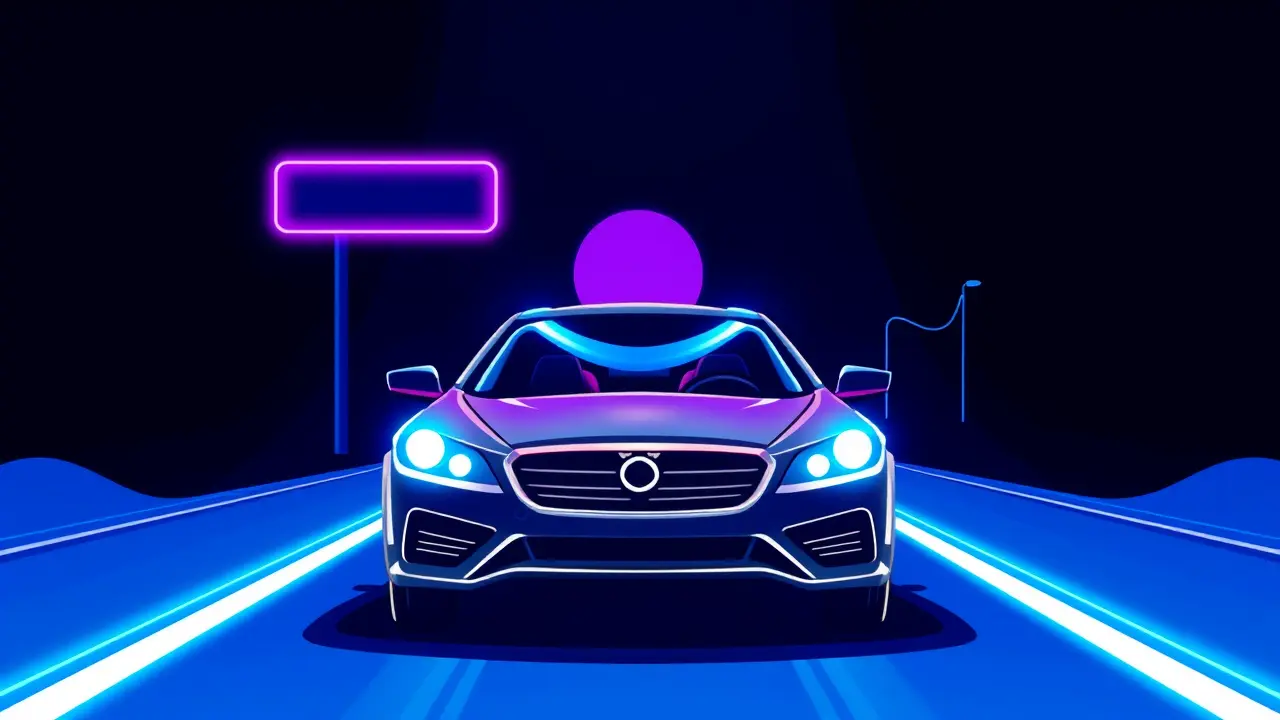Waze Adds Voice Notes for Reporting Road Conditions
Waze, the community-driven navigation app that many of us have a love-hate relationship with, just rolled out a feature that feels both incredibly obvious and long overdue: voice notes for reporting road conditions. You know the drill—you're cruising along, you see a pothole that could swallow a small tire, a couch abandoned in the middle of the lane, or a police car tucked just around the bend, and you fumble with your phone, trying to tap the correct tiny icon while ostensibly keeping your eyes on the road.It’s a ritual of modern driving that’s both essential and mildly hazardous. This new voice functionality, which allows you to simply speak your report hands-free, isn't just a quality-of-life update; it's a fundamental shift in how we interact with the digital cartography that guides our daily commutes.To understand its significance, you have to rewind a bit. Waze didn't invent crowd-sourced navigation, but it perfected it, creating a vibrant, almost gamified ecosystem where users become anonymous benefactors, warning each other of traffic snarls, speed traps, and stalled vehicles.This collective intelligence is what gave it a decisive edge over the algorithmic, but often clinically detached, guidance of Google Maps or the occasionally reality-challenged routing of Apple Maps. I've always been fascinated by these digital communities—how a simple act like reporting a hazard creates a tiny thread in a vast, real-time tapestry of shared experience.It’s a form of micro-volunteerism. The move to voice notes is a natural evolution, lowering the barrier to participation even further.It acknowledges the reality that our attention is the most precious commodity in the car, and anything that keeps more of it on the asphalt is a net positive for safety. I decided to dive into the history a bit.The concept of drivers aiding each other isn't new; think of the friendly headlight flash to warn of a speed trap, a tradition dating back decades. Waze simply digitized that camaraderie.But the transition from taps to talk is a bigger leap than it seems. It taps into the broader trend of voice-as-an-interface, a domain dominated by the likes of Alexa and Siri, but now being applied to hyper-specific, real-world contexts.What does this mean for the future? Well, the data becomes richer. A typed report of 'object on road' is useful.A voice note saying, 'massive ladder in the left lane just after the Main Street exit' is exponentially more so. This qualitative data could, down the line, be parsed by AI to not only log the incident but also assess its potential severity, allowing for even more nuanced routing and alerts.There are, of course, the inevitable questions about privacy and data use—what happens to these voice snippets? Are they stored, analyzed, or used to train models? Waze, owned by Google, has a vast ecosystem to feed, and this is a new stream of behavioral and locational data. Furthermore, one has to consider the global context.In regions with diverse dialects and accents, will the speech recognition be robust enough? A feature that works flawlessly in California might struggle in Scotland or Louisiana, potentially creating a fragmented user experience. I reached out to a couple of UX designers I know, and the consensus was that this is a smart, user-centric move, but its success will hinge entirely on execution—the speed and accuracy of the voice-to-text processing.If there's a lag or frequent misidentifications, users will quickly revert to the old tap-based system. But if it works as promised, it could set a new standard for in-app reporting, something other platforms from traffic cameras to municipal reporting tools might seek to emulate. It’s a small change on the surface, but it speaks volumes about where we're headed: a more seamless, intuitive, and conversational relationship with the technology that maps our world.
It’s quiet here...Start the conversation by leaving the first comment.
© 2025 Outpoll Service LTD. All rights reserved.
